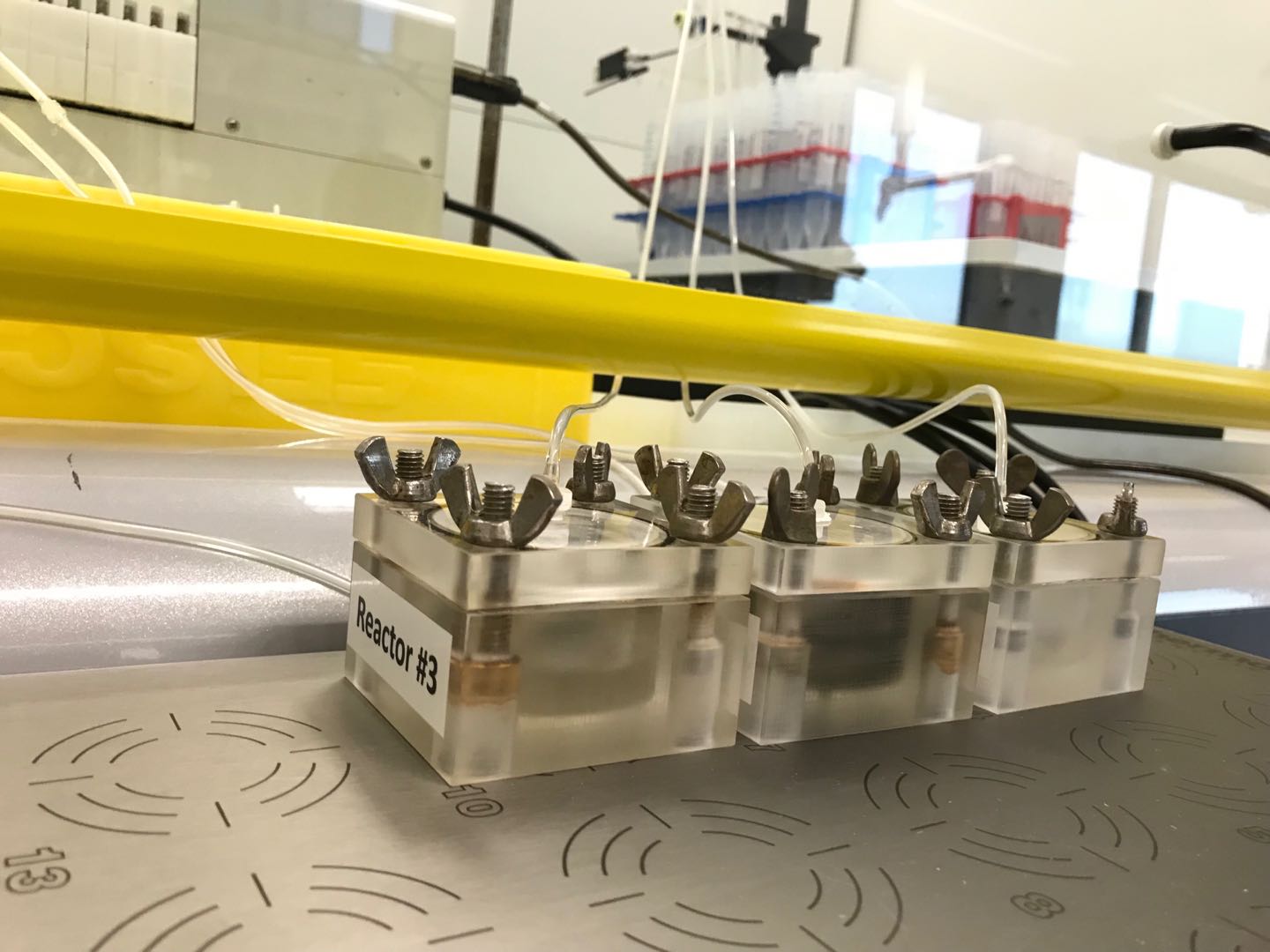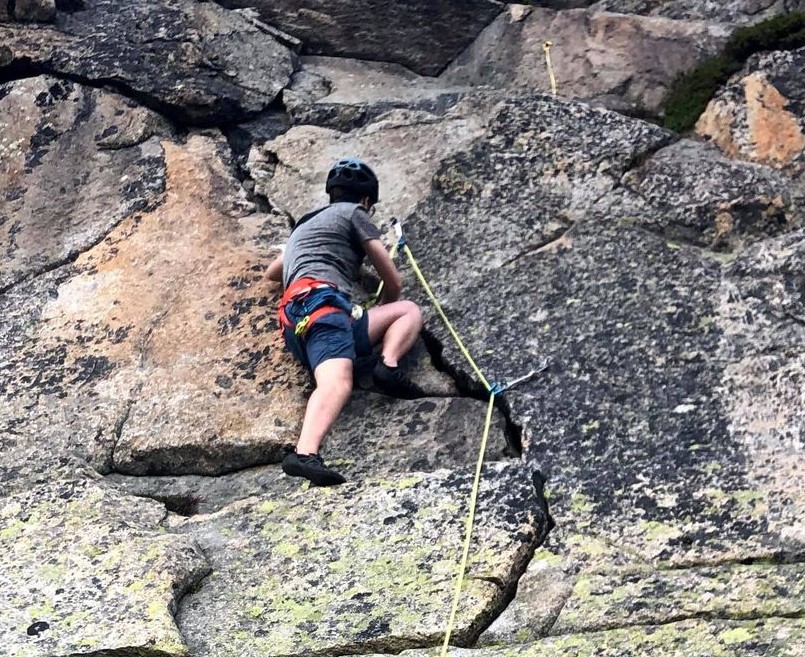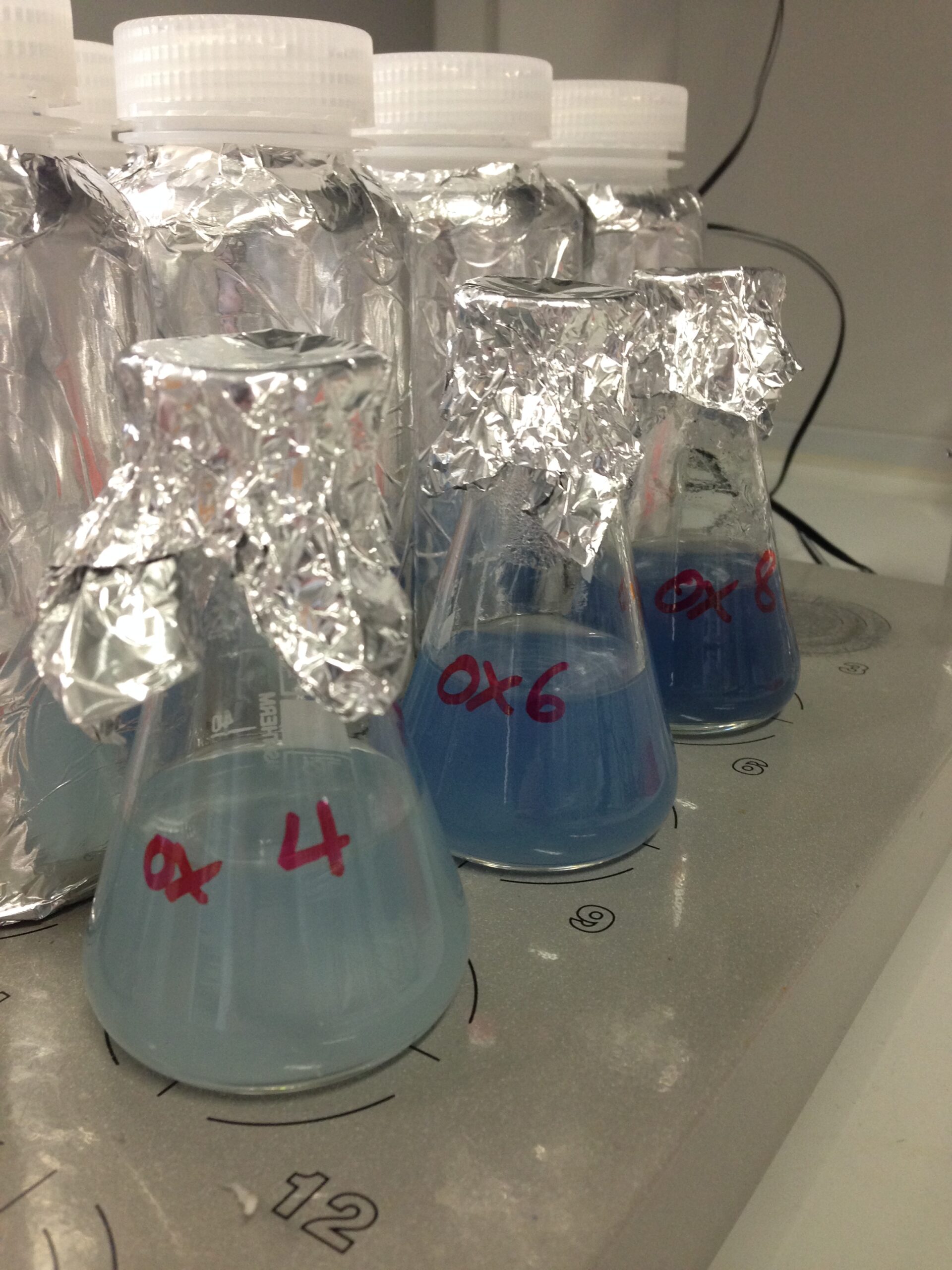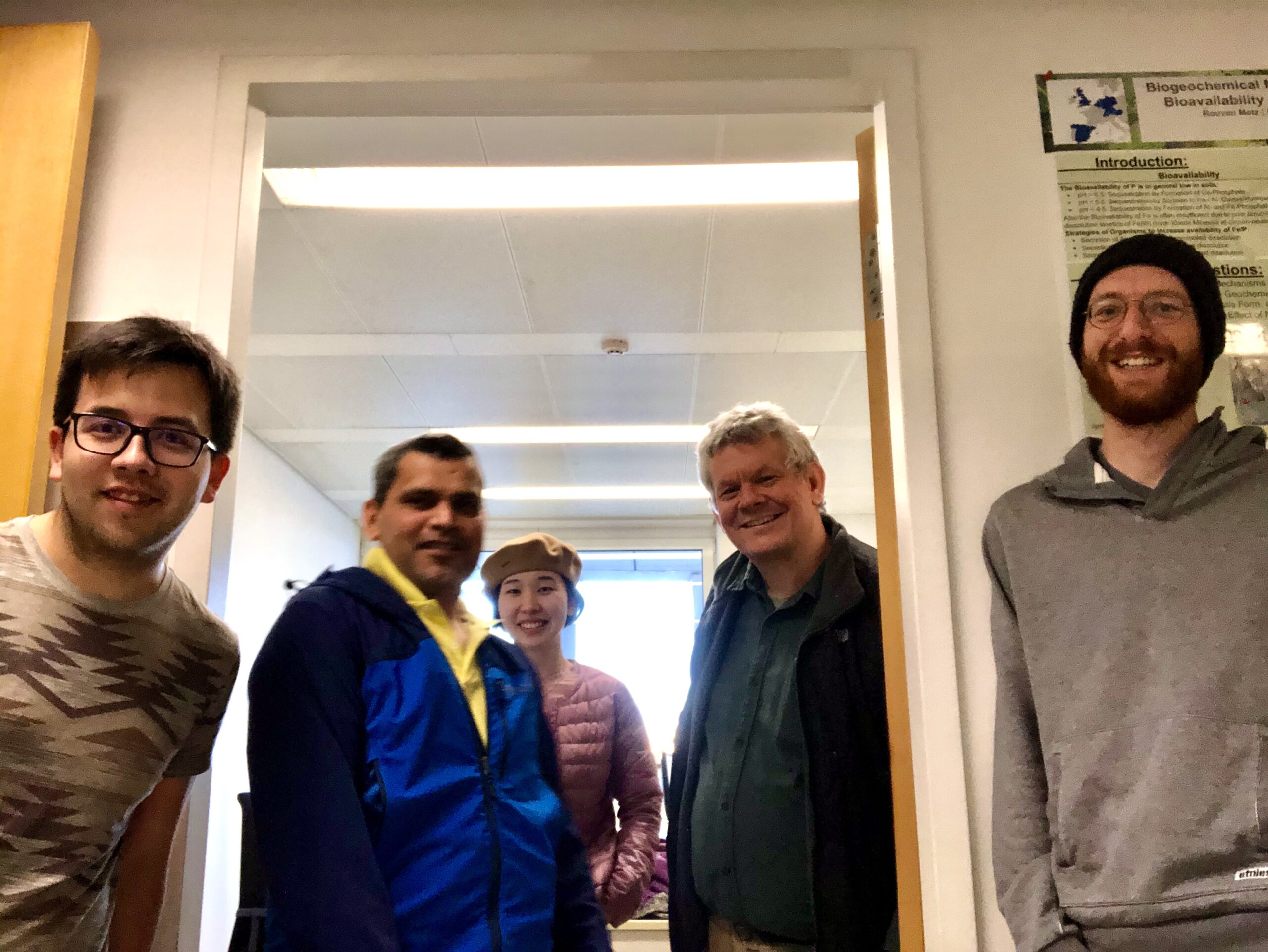Blogs
THE JOURNEY SO FAR! – Part 2
Hello there!
Today, we continue with the series of our blogs on “The Journey So Far”. In this second part, Mingkai Ma (ESR6), Ville Nenonen (ESR7), and Rouven Metz (ESR10) share their first-year experience of their PhD journey. Within the P-TRAP project, Mingkai, Ville and Rouven are focused on the topic of “Processes linking Fe and P cycles in natural environments“. Let’s read what they have to share!
Mingkai Ma
After joining P-TRAP for almost one year, it`s a great time to look back at what I`ve experienced for the starting year of my PhD life. I was lucky enough since I might have joined P-TRAP and Utrecht University at the best point in the coming (few) year(s), so it went smoothly for me to settle down at Utrecht in the Netherlands and started with face-to-face introductions to all the colleagues and surroundings around. Later after we met almost all our P-TRAP members in the 1st TSTC meeting in January 2020 at Bayreuth. It is really nice to talk and drink with all other ESRs from P-TRAP project, I do feel we are closely linked with each other with the group of our 11 ESRs, we share our ideas and research, cooperate on the social media and e-learning videos, discuss about details of how we should organize the next meeting etc. Unfortunately, we cannot do too much of secondments this year, in this case we can`t really visit other ESR`s city and their universities/institutions. We still have regular meetings once in a month or two using skype, Microsoft teams and others. Hopefully we could meet up at some point next year or start our secondments.
My lab work started in February. I was introduced to the reactors which will be used for my first experiment during my first few days by my supervisor – Thilo. As most of my work will be finished in the lab under oxygen-free conditions, confronting oxygen is always the main topic for my daily life. In this case, I`ve learnt how to use the glove box, how to prepare/preserve solution in oxygen-free condition, and how to do sampling while minimizing the effect of oxidation. Besides, trying to understand everything and have them fully explained are also part of this great adventure. A confusing phenomenon is that the color change of my flow-through reactors seems to be random, after several test I found it attributes to the stickiness of the mineral to the wall, and the solution might lower the speed of the mixing rate. PhD life is not always play with state-of-the-art tech, most of the time, I`m trying to get things to work in the labs. Auto-sampler, for example, which I put a lot of effort to build it in my set up and in the end, it proved to be helpful and efficient. I know how to make gas-tight bags (our master student even wants to use it for beer in party), know how to drill a hole in different materials, saw plastic, know different material and their properties, use super glue for all small gadget. Most of these are not directly related to my research topic, but they consist my PhD journey and will for sure contribute to my research.
There are still a lot for me to discover with my PhD and also about the country of the Netherlands. One of the objectives is that hopefully I will not regret what I`ve done for 2021 when summing up next year.

Fig.1: Reactor and the mystery of its color change.
UP.
Ville Nenonen
I could say my PhD journey initially started when I read the advertisement for P-TRAP project applications in May 2019. I was during that time working in an environmental consultancy and a bit bored of what I was doing. Previously I had worked as a research assistant at a university and was quite enjoying it and thus I decided to write an application (2 days before the deadline as usual to me, I reckon sending the application documents 10 minutes before deadline). Nevertheless, I was soon ready to begin my scientific career.
I arrived to Switzerland from Finland a year ago in October and quite soon started with first experiments. In Switzerland, I love the most the Alps and try to spend as much as I can there (as in the photo). It is quite expensive (Finland is not cheap either) but I live in a shared apartment, so the rent at least is not so bad.
The initial progress I made was slowed down by EAWAG closing due to Covid in March. I spent most of the lockdown in Finland. During the year, I have experienced ups and downs and noticed that previous education did not really prepare me for a PhD work. I have had to develop time and organizational skills, which is a bit challenging because I feel like I am naturally a very lazy person. That however means that I need to work with something really motivating. I think after the first year and starting to speed up with the experiments and working with data I have produced; I feel more motivated than before.
The biggest success for me was not work related. I was married in July with the woman I love. The hardest part in this project is to stay separated as she lives in Finland. Travel restrictions prevent us seeing each other as much as we would like to, but hopefully next year things will change for better.
During the year, I have met the amazing P-TRAP family and getting to know each other. On the second year I wish that we can continue having meetings in person and not online.
Doing a PhD is like climbing. Your progress is up to yourself, but you have also to rely on other people to not fall off the mountain. A bit cheesy metaphor sure, but I guess I had to write it.

Fig. 2: Doing a PhD is like climbing. Your progress is up to yourself, but you have also to rely on other people to not fall off the mountain.
UP.
Rouven Metz
Arriving in Vienna was quite a change for me. Even though there were “almost” no language problems, and Austria is also next to Germany, it was a huge difference between the small and cozy University in Bayreuth and the oldest and biggest German-speaking University of Vienna. However, after a warm welcome with coffee by my supervisor, Prof. Stephan Krämer and the EDGE group, I could start directly with my project. But how and where should I start?
To answer that question, a very exhausting time started with a lot of search for literature, reading and summarizing papers. But after a while it became more and more clear what and how to do things, and discussions with supervisors and colleagues helped a lot to prevent major mistakes.
So, my first task in the lab was to synthesize the mineral vivianite. After several attempts working at anoxic conditions, finding right concentrations, pH, crystallization time etc., it was a first feeling of success when the XRD data verified the synthesized mineral as vivianite. However, after that first success it took still a long and also a bit frustrating time until I could set up a protocol to synthesize a pure mineral and also to characterize it thoroughly. But in the meanwhile, I could already run some preliminary dissolution experiments and it was nice to have acquired already some data for our first P-Trap meeting in January 2020 in Bayreuth.
It was very exciting to finally meet all project partners, and especially the ESRs. The meeting gave a lot of scientific input, but it was also great to discuss the big and small problems every ESR had to face. Overall, a motivation boost was given, which ended unfortunately and very abrupt with the Covid-caused lock down, when all experiments had to be stopped. Trying to make the best out of the home office period, I was very much looking forward to the laboratory re-opening.
Since we are allowed to be back under “new normal” conditions I could make great progress and tried to catch up some lost time. But time flies, and I can’t believe that it is already a year since I started here in Vienna. So, my next big goal is to push forward to a first manuscript, and I hope to see soon and in person my ESR colleagues and friends in Belgium.

Fig. 3: First dissolution experiment with synthesised vivianite at different pH. The blue color is caused by oxidation of the mineral.

Fig. 4: Snapshot of the EDGE-Group – preparing the laboratory for the first lock-down.
Same P-TRAP project, different ESR experiences! This is one of the reasons why the Marie Skłodowska-Curie PhD fellowship is a unique but effectively collaborative one.
Thank you for reading this series of our blogpost series on “The Journey so far”. Up next Rochelle (ESR2), Lordina (ESR5), and Tolulope (ESR 8) will tell us about their 1st year experience on the journey of a PhD program within P-TRAP.
See you soon and stay safe!

